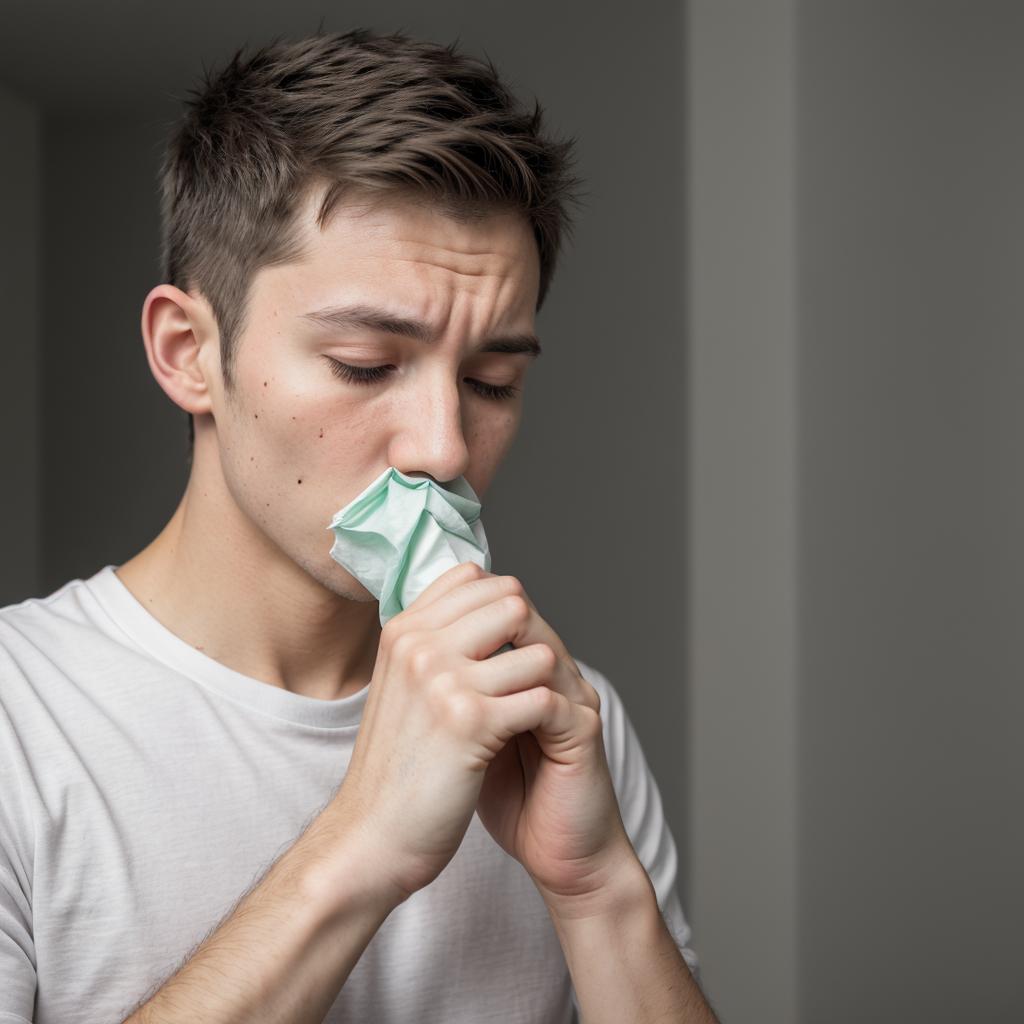
Allergy sufferers are all too familiar with the misery that comes with seasonal shifts and environmental changes.
Whether it’s pollen, dust, or mold, certain allergens can wreak havoc on our immune systems, leaving us with sneezing fits, itchy eyes, and congestion. But what exactly is causing the surge in allergy symptoms right now?

The culprits
Several factors contribute to the prevalence of allergies at any given time. Here are some of the primary offenders that tend to be high right now:
Pollen
Pollen allergies, also known as hay fever or allergic rhinitis, are notorious for causing misery during certain times of the year. Pollen from trees, grasses, and weeds can become airborne and trigger allergic reactions in susceptible individuals. With spring just around the corner, tree pollen levels are on the rise, particularly in regions with early blooming trees like birch, cedar, and oak.
Dust mites
Dust mites are microscopic insects that thrive in warm, humid environments. They feed on dead skin cells shed by humans and pets, and their waste products can trigger allergic reactions in sensitive individuals. Dust mite allergies tend to flare up in the winter months when indoor heating systems create the perfect breeding ground for these pests.
Mold spores
Mold allergies are common year-round, but they can worsen in damp, humid conditions. Indoor mold growth often peaks in the spring and summer, as higher temperatures and increased moisture levels create ideal conditions for mold spores to proliferate. Outdoor mold spores can also become airborne and trigger allergies, especially in areas with high humidity and rainfall.
Weather patterns
Weather plays a significant role in allergy severity. Warm, dry, and windy conditions can exacerbate pollen allergies by dispersing pollen particles over large distances. Conversely, rainy weather can temporarily alleviate allergy symptoms by washing pollen out of the air. However, rain can also lead to increased mold growth, which may worsen mold allergies.
Geographical variations
Allergy trends can vary depending on geographical location. Different regions have different types of vegetation, climate patterns, and environmental factors that influence allergen levels. For example, areas with dense forests may have higher pollen counts from tree species, while urban environments may have elevated levels of air pollution and indoor allergens like dust mites and pet dander.
Prevention and management
While it’s impossible to completely avoid allergens, there are several steps you can take to minimize exposure and manage symptoms:
Monitor pollen counts
Stay informed about local pollen forecasts and try to limit outdoor activities on days when pollen levels are high. Keep windows closed during peak pollen times and use air purifiers with HEPA filters to remove airborne allergens indoors.
Control indoor allergens
Regular cleaning and dusting can help reduce indoor allergens like dust mites and mold. Use allergen-proof mattress and pillow covers, wash bedding in hot water weekly, and maintain humidity levels below 50% to discourage mold growth.
Seek medical advice
If over-the-counter antihistamines and nasal sprays aren’t providing relief, consider consulting an allergist for personalized treatment options. Allergy testing can help identify specific triggers, and allergists can prescribe medications or recommend immunotherapy to desensitize the immune system to allergens over time.
As allergy season approaches, it’s essential to stay vigilant and take proactive measures to manage symptoms effectively. By understanding the current trends in allergen exposure and implementing strategies to minimize risk, allergy sufferers can enjoy greater comfort and relief during this challenging time. Remember to consult with healthcare professionals for personalized advice and treatment options tailored to your individual needs.



